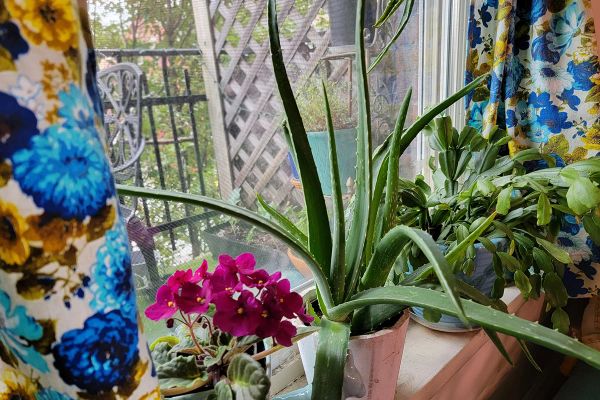ADVERTISEMENT
3. Propagating Aloe Using Pups
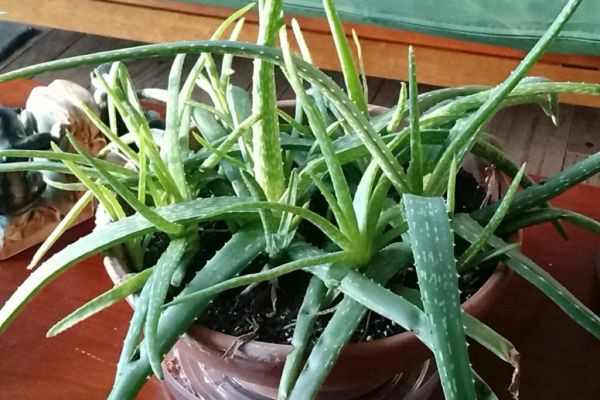
Propagating aloe from leaf cuttings can be challenging due to the high moisture content in the gel-filled leaves. Instead, aloe plants naturally produce baby clones, known as pups, which are perfect for propagation.
Pups grow attached to the parent plant and can easily be separated and replanted. This is an excellent way to expand your aloe collection or share with friends and family.
For a step-by-step tutorial on propagating aloe using pups, check out our guide on growing aloe from separate plants.
4. Aloe Vera Can Cure Your Sunburn, But It Can Get Sunburned Too
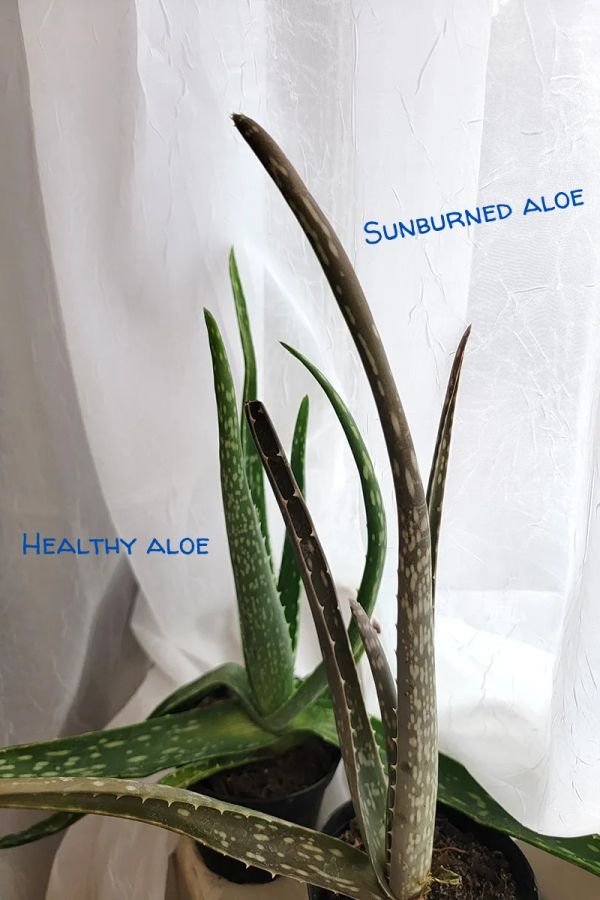
Aloe vera is often mistaken for a cactus, leading people to place it in direct sunlight. However, aloe vera is a succulent and requires different care than cacti. The spiky leaves of aloe vera can get sunburned if exposed to too much direct sunlight.
If you notice the tips of your aloe leaves turning brown or red, it’s a sign of sunburn. To remedy this, move the plant away from direct sunlight or use a sheer curtain to diffuse the light. Avoid keeping your aloe plant in excessively hot or sunny spots, especially during midday when the sun is strongest.
5. Easily Harvest Aloe Vera Gel for Your Use
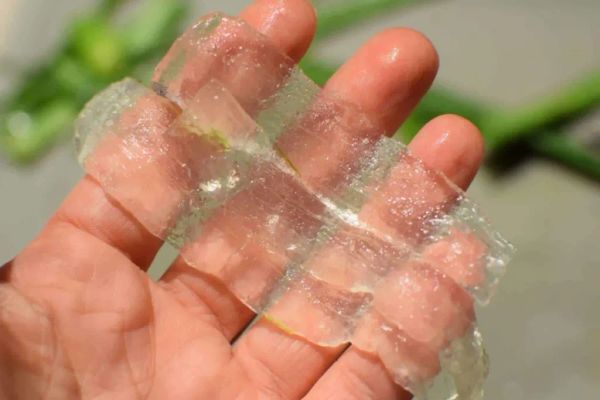
Instead of relying on commercially produced aloe vera gel, you can easily harvest fresh gel from your own aloe plant whenever needed. Harvesting aloe vera gel involves slicing a spear at the base, draining the latex, peeling the outer skin, and then blending the gel in a blender.
By maintaining an aloe plant at home, you’ll always have access to the freshest and most nutrient-rich aloe vera gel.
6. Preventing and Treating Root and Base Rot
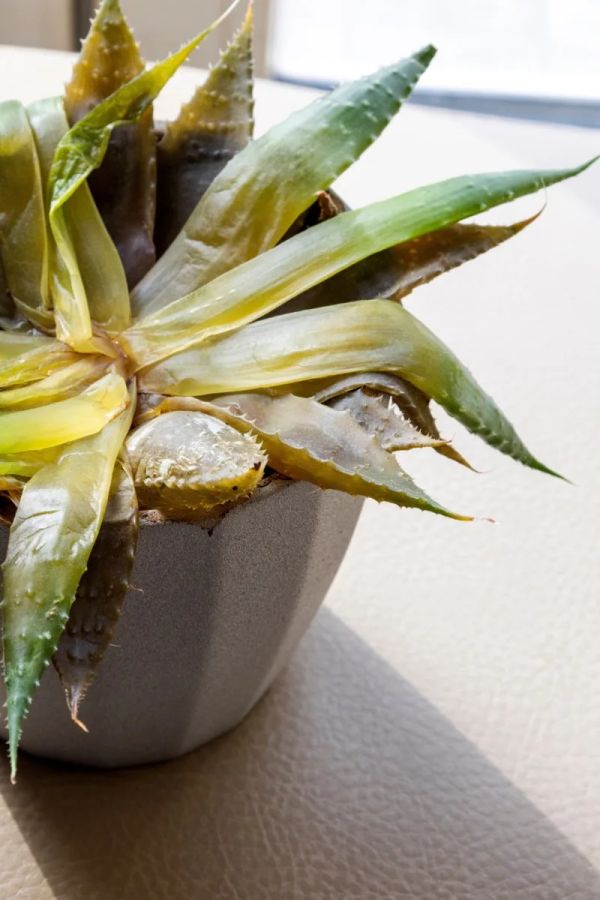
Aloes, like other succulents, are prone to diseases resulting from sitting in wet soil for prolonged periods, such as root and base rot. However, both these conditions are easily preventable.
To prevent base rot, sprinkle the top layer of potting mix with perlite or sand to avoid the plant sitting on damp soil. For root rot prevention, check the soil moisture by sticking your finger in before watering and ensure the plant has dried out from its previous watering.
If you do encounter base rot or root rot, promptly remove the affected parts, let the plant dry out for a few days, and replant it in well-draining soil. Keeping the plant in a warm and sunny location will aid recovery.
Continued on next page
ADVERTISEMENT
